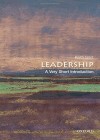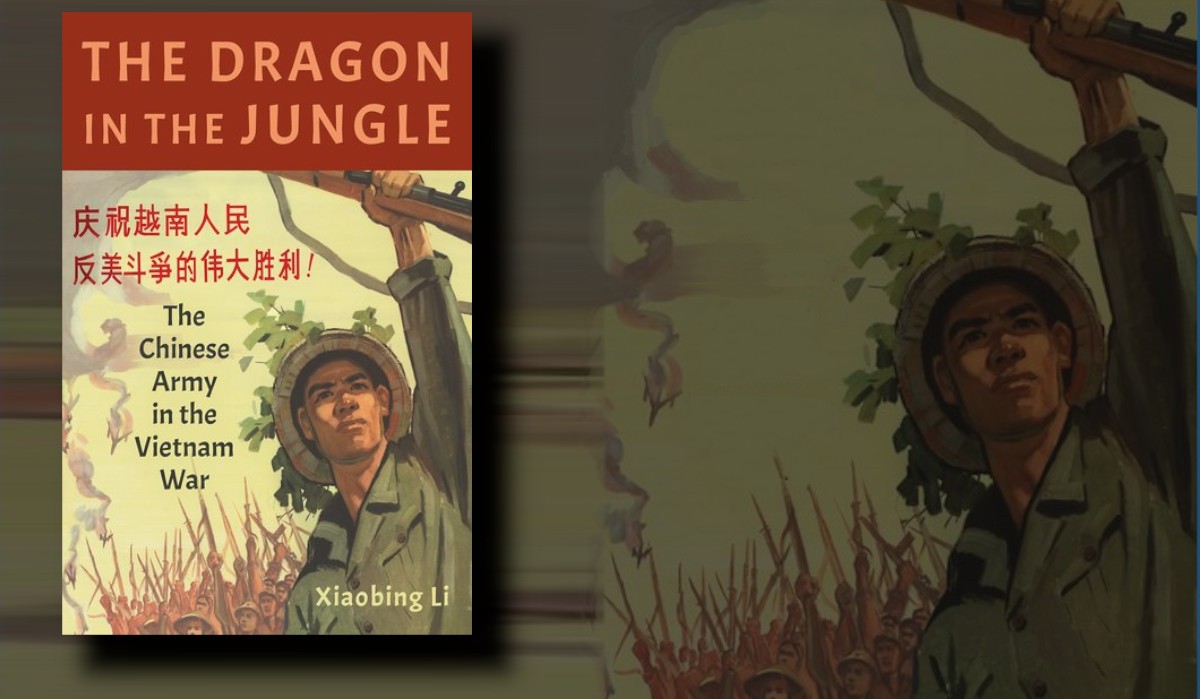A Very Short Introduction
Oxford University Press, 2010
Online ISBN: 9780191777592
Print ISBN: 9780199569915
Author: Keith Grint
Reviewed By: Anne Goyne
Books on leadership generally fall into three camps: the promotion of a ‘new’ way of theorising about leadership; a deep dive into great, but generally flawed leaders/leadership (which is what makes the narrative interesting); or a compendium of the current leadership literature. Professor Keith Grint’s Leadership: A Very Short Introduction falls into the latter category, but only just. While A Very Short Introduction is basically a leadership primer, Grint approaches the topic with questions rather than answers which is a refreshingly new approach. His last chapter, titled “Can we do without leadership?” gives you an idea of what I mean.
This is not to say everything about A Very Short Introduction is a shift in thinking. The first two chapters offer rather pedestrian definitions of leadership that would be at home in any business studies textbook. However, once Grint has paid homage to the business school, he dives into ancient history on a quest to find “What was leadership?” Leadership through the millennia becomes a wild ride that takes the reader to an unexpected destination. In a lightbulb moment, Grint reveals that for every great and good leader there is an equally frightening, bad, dangerous leader. Further, while we eulogise our leaders and celebrate their brilliant leadership, the dangerousness of leadership in general has largely escaped our attention.
Grint offers us explanations of why and how we prefer some leaders over others. While I take issue with some of his views, including his tendency to pay lip service to the leadership of women, there is a brutal honesty here as well. Despite years of equality and diversity rhetoric, the majority of leaders in the Western world remain tall, handsome, white, alpha males from privileged backgrounds (or THWαMP – the author’s rather clunky acronym). This is not because they are more effective leaders as individuals, but because they embody the prototype of how we (and by this I mean all followers) think about successful leaders. Certainly, this reflects our conscious and unconscious biases, but it also reflects how we want to see ourselves. As Grint points out, if we ever achieve diversity amongst our leaders, and Australia is a long way down this road (at least politically, with more than half the Senate now women), we might develop a bias in favour of a more diverse group. But until then, the bias favours ‘THWαMPs’ in most Western contexts, especially if they remember our names and show interest in us. President Bill Clinton’s famous double handed hand shake and laser guided gaze is a case in point.
However, the real value of Grint’s book is woven into the last two chapters, “What about the followers?” and “Can we do without leadership?” Grint quotes the philosopher Karl Popper, “How can we stop our rulers ruining us?”, and notes that followers have an important role to play in determining who their leaders are and how they lead.[1] Indeed, in Grint’s view, leaders are simply people who have followers; whereas leaders without followers may even appear a bit unhinged. Consequently, the problem of leadership is not just in ascertaining who the leader is, but in determining our willingness to follow them. Grint calls on us to be constructive followers, to take risks and inform leaders when they are wrong or about to fail. History abounds with stories of people willingly, and silently, being led to their doom by incompetent but Godlike leaders. Grint does not expect “the spontaneous leadership of the collective,” but he believes we get the leaders we deserve and he is advocating for us to deserve better.
Does any of this have relevance for the military? Repeatedly Grint references military leaders and is rather too quick to accept that command in war may be different to leadership in peace. As every military person knows, command without leadership is simply tyranny, so most military people want their commanders to be good leaders. While commanders take directive responsibility during a war/crisis, and generally we’re very happy for them to do so, the rest of the time they lead, manage and command in ordinary institutional settings. Just as families do not thrive with tyrannical or neglectful parents, military units shrivel on the vine when their leaders fail to nurture, support or care for both the organisation and its people. So yes, leadership and constructive dissent matters a great deal in the military.
Would we be better off without leaders altogether? Grint does not actually ask this question, and to my mind he does not adequately answer the question he does ask, “Can we do without leaders?” As yet, no one has successfully achieved the nirvana of a leaderless paradise. For his part, Grint abruptly concludes we’re stuck with the status quo. But are we? By diffusing leadership throughout an organisation, or a country, and empowering followers to ‘act’ when the leader becomes dangerous, we’re able to manage our own leaders. Indeed, this is the essence of democracy. While the military is not a democracy, by actively encouraging all members to be good leaders and constructive followers, and clearly explaining what this means (e.g., via doctrine, leadership curriculum and directives), the Australian Defence Force is inching towards a more ethical and beneficial leadership model.
Grint’s final shot over the bow is to question how we deal with leader responsibility and accountability, and in this regard he also does not let followers off the hook. In Grint’s view, leaders and the citizenry that follow them share responsibility for acts done in their name. He does not mention the ‘special case’ of the military, but as Western military personnel are volunteers from democratic countries we should assume this expectation also applies to us.
Endnotes
[1] Keith Grint, Leadership: A Very Short Introduction (Oxford: Oxford University Press, 2010), 107.



